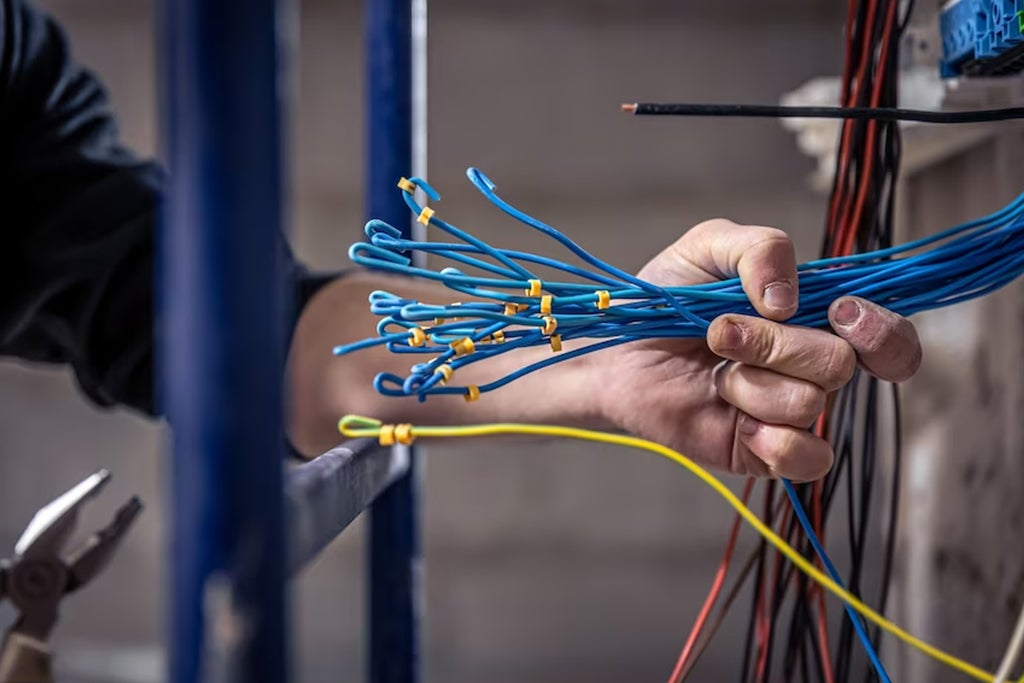Cable wire is a ubiquitous component in our modern world, playing a crucial role in transmitting data and power across various industries and applications. Understanding how cable wire works is essential for anyone looking to delve deeper into the realm of technology and connectivity. In this comprehensive guide, we will explore the intricate mechanisms behind cable wire and shed light on its functionality in different contexts.
- The Basics of Cable Wire:
Cable wire is a structured assembly of one or more conductors, insulation materials, and protective sheathing. The conductors, typically made of copper or aluminum, carry electrical signals or power from one point to another. The insulation material surrounding the conductors prevents signal interference and ensures safe transmission. The protective sheathing shields the cable from external factors such as moisture, heat, and physical damage. - Transmission of Data:
In the realm of telecommunications and networking, cable wire serves as the backbone for transmitting data over long distances. Different types of cables, such as twisted pair, coaxial, and fiber optic cables, are used based on the specific requirements of the application. Twisted pair cables are commonly used for Ethernet connections, while coaxial cables are preferred for cable television and high-speed internet. Fiber optic cables, known for their high bandwidth and low signal loss, are ideal for long-distance communication. - Power Distribution:
Beyond data transmission, cable wire also plays a vital role in power distribution systems. Power cables are designed to carry high voltage electrical currents from power plants to homes, businesses, and industrial facilities. These cables are engineered to withstand high temperatures and electrical stresses to ensure safe and reliable power delivery. Understanding the principles of cable wire in power distribution is crucial for maintaining a stable electrical grid and preventing power outages. - Signal Integrity and Impedance:
One of the key factors that determine the performance of cable wire is signal integrity. Signal integrity refers to the ability of the cable to transmit signals without distortion or loss. Impedance, a measure of the opposition to the flow of alternating current, plays a critical role in maintaining signal integrity. Matching the impedance of the cable to the connected devices is essential for minimizing signal reflections and ensuring efficient signal transmission. - Future Trends and Innovations:
As technology continues to evolve, so does the field of cable wire. Innovations such as high-speed data cables, flexible printed circuits, and wireless charging technologies are shaping the future of connectivity. Researchers are exploring new materials and manufacturing techniques to enhance the performance and efficiency of cable wire in various applications. Keeping abreast of these trends is essential for staying ahead in the rapidly changing landscape of technology.
Conclusion:
In conclusion, cable wire is a fundamental component that underpins our interconnected world. By understanding the intricacies of how cable wire works, we gain valuable insights into the mechanisms that drive modern technology and communication systems. Whether it's transmitting data across continents or delivering power to our homes, cable wire plays a vital role in shaping our digital future. Stay curious, stay informed, and continue exploring the fascinating world of cable wire technology.
